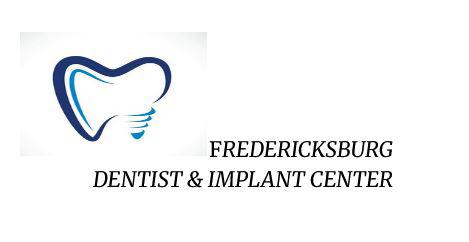
12104 Sheraton Hills Dr Fredericksburg VA 22407
Monday - Wednesday 9 AM to 5 PM
Thursday 8 AM to 5 PM
Friday 8 AM to 2 PM
Saturday - Sunday Off
+1(540)548-2605
Our mission is to help patients live healthier lives. We provide a caring, nurturing environment where your comfort and health is of primary importance.
Over time, the jawbone in areas where teeth are missing begins to atrophy and is gradually reabsorbed. This results in diminished bone quality and quantity, often rendering patients unsuitable candidates for dental implant placement.
With advanced bone grafting techniques, we can not only replace the missing bone but also stimulate new bone growth in the affected area. This approach enables us to place implants of the proper length and width while restoring both functionality and aesthetic appearance—providing our patients with a renewed foundation for a healthier, more confident smile.
*Autogenous Bone Grafts:*
Autogenous bone grafts, also known as autografts, are made from your own bone, taken from somewhere else in the body. The bone is typically harvested from other areas of the mouth, the chin, lower leg bone, hip, or the skull. Autogenous bone grafts are advantageous in that the graft material is the patient's own living bone, meaning it contains living cellular elements that enhance bone growth.
However, downsides to the autograft include the requirement of a second site from which to harvest bone and possible limitations in quantity. Depending on your condition, a second procedure may not be in your best interest.
*Allogenic Bone:*
Allogenic bone, or allograft, is processed bone harvested from a human cadaver.
Various patented processes, including a freeze-dry method, extract the water and foreign proteins. Unlike autogenous bone, allogenic bone cannot produce new bone on it's own; rather, it serves as a framework or scaffold over which bone from the surrounding bony walls can grow to fill the defect or void.
*Xenogenic Bone:*
Xenogenic bone is derived from non-living bone of another species, such as a cow or a pig. The bone is processed to avoid the potential for immune rejection and contamination. Like allogenic grafts, xenogenic grafts serve as a framework for bone from the surrounding area to grow and fill the void.
Both allogenic and xenogenic bone grafting are advantageous in that they do not require a second procedure to harvest your own bone, as with autografts. However, because these options lack autograft's bone-forming properties, bone regeneration may take longer than with autografts, with a less predictable outcome.
Fredericksburg Dentist & Implant Center provides comprehensive diagnosis and treatment. We understand that even the slightest enhancement to your smile can boost your self-confidence and elevate your personal presence. When you feel good about your smile, it radiates in every aspect of your appearance.
As an alternative to using natural bone, many synthetic materials are safe and proven substitutes, including:
• Demineralized Bone Matrix (DBM)/Demineralized Freeze-Dried Bone Allograft (DFDBA):
Processed allograft bone containing collagen, denatured proteins, and growth factors. Available as powder, putty, chips, or an injectable gel.
• Graft Composites:
Combine bone graft materials and growth factors. Examples: collagen/ceramic composite (mimics natural bone), DBM with bone marrow cells (supports new bone growth), or collagen/ceramic/autograft composite.
• Bone Morphogenetic Proteins (BMPs):
Naturally occurring proteins that promote and regulate bone formation and healing.
Synthetic materials or grafts from other humans/species eliminate the need for a second surgical site, reducing risk and discomfort. Each option has its own advantages and limitations, so the best approach depends on individual needs.
Monday – Wednesday: From 9 AM to 5 PM
Thursday: From 8 AM to 5 PM
Friday: From 8 AM to 2 PM
Saturday – Sunday: Closed